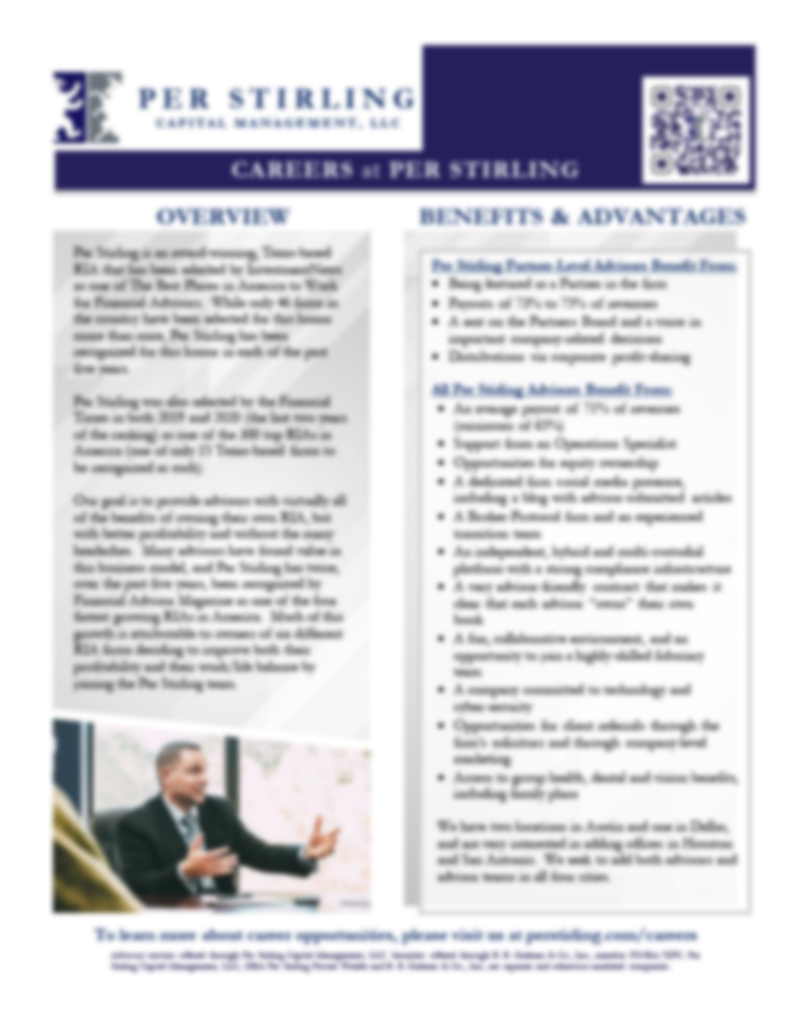01
JulyConverting 529 Plans to Roth IRAs: Key Benefits for your Children
As a parent, saving for my kids’ education has always been a top priority. I diligently contributed to their 529 plans, hoping to cover a good portion of their college expenses. However, life doesn’t always go as planned. My two older sons are making their way through college but I’m not sure that the path for my son now entering his sophomore year of high school is the same. Fortunately, recent changes in the rules governing 529 plans (Secure 2.0 Act) have introduced a new and exciting opportunity: the ability to convert these unused funds into a Roth IRA for the benefit of your child.
What is a 529 Plan?
A 529 plan is a tax-advantaged savings plan designed to encourage saving for future education costs. Named after Section 529 of the Internal Revenue Code, these plans offer tax-free growth and tax-free withdrawals when the funds are used for qualified education expenses.
The New Conversion Option
As of January 1, 2024, account holders can convert unused 529 plan funds into a Roth IRA, subject to specific conditions. This update offers a valuable option for families like mine who may not use, or potentially over-saved for education.
Key Features of the New Rule
- Lifetime Limit: There is a $35,000 lifetime limit on the amount that can be converted from a 529 plan to a Roth IRA. This limit ensures that the conversion option is used for supplemental retirement savings rather than as a primary retirement savings strategy.
- Account Age Requirement: The 529 plan must have been open for at least 15 years before any funds can be converted. This requirement is intended to prevent people from using new 529 plans as a quick route to Roth IRA funding.
- Contribution Age Limit: Only funds that have been in the 529 plan for at least five years can be converted. This rule is designed to ensure that the funds have genuinely been saved for educational purposes over a significant period.
- Beneficiary Consideration: The Roth IRA must be in the name of the 529 plan’s beneficiary. This means the conversion is beneficial for the designated student, potentially aiding in their retirement savings.
- Annual Contribution Limit: The amount converted each year is subject to the annual Roth IRA contribution limits. For 2024, this limit is $6,500 (or $7,500 for those aged 50 and above), meaning the conversion might need to be spread over several years.
Benefits of the New Rule
- Maximized Savings: Families can avoid penalties and taxes associated with unused 529 funds by converting them into retirement savings.
- Enhanced Flexibility: The ability to convert to a Roth IRA adds a layer of flexibility to 529 plans, making them a more attractive savings vehicle.
- Retirement Boost: Beneficiaries gain a head start on their retirement savings, which can grow tax-free over their lifetime.
Considerations and Planning
While the new rule provides significant benefits, it’s important to plan carefully:
- Tax Implications: Consult with a tax advisor to understand the implications of the conversion.
- Long-Term Planning: Consider the long-term benefits of letting the funds grow within the 529 plan versus converting to a Roth IRA.
- Beneficiary’s Needs: Assess the beneficiary’s potential need for education funds versus retirement funds.
Conclusion
The new 529 to Roth IRA conversion rule represents a substantial enhancement to the flexibility and utility of 529 plans. By allowing unused education savings to be redirected into retirement accounts, families can make the most of their savings and provide long-term financial benefits to their beneficiaries. As with any financial decision, it’s essential to consult with financial and tax professionals to ensure that the conversion aligns with your overall financial goals and needs.
For parents like me who have saved diligently for their kids’ education, this rule change offers a new way to make the most of our hard-earned savings, ensuring that they benefit our children whether or not they choose to pursue higher education.
 Written by: Steve Cartwright, CFP®
Written by: Steve Cartwright, CFP®





